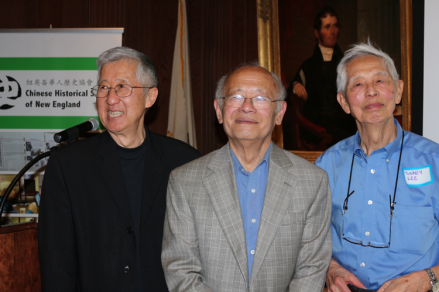(Photo Source: https://engage.gov.bc.ca/chinesecanadianmuseum/)
“The Province of British Columbia and the City of Vancouver are working together to have Vancouver’s Chinatown designated a United Nations Education, Scientific and Cultural Organization (UNESCO) World Heritage site. As part of this, the Province and the City have also committed to establishing a Chinese Canadian Museum.” (See the government’s website here)
Based on our current understanding of this project, this is our present initial position (as of Nov. 29, 2018):
”First, we acknowledge that we are on the unceded Coast Salish territories of the
xʷməθkʷəy̓əm (Musqueam), Sḵwx̱wú7mesh (Squamish), and səl̓ílwətaʔɬ (Tsleil-Waututh) nations.
Currently Chinatown faces continuing gentrification that displaces people from their homes, creating more and more homelessness, and pushes out retail stores selling affordable goods. Remembering the history of anti-Chinese racism and celebrating the resiliency and lives of Chinese immigrants are very important and so we thank the Government of British Columbia and the City of Vancouver for valuing the history of Chinese people living in Canada. At the same time, we also need to acknowledge that these issues continues today and are affecting people who live and depend on Chinatown for their survival. With that being said, Chinatown Concern Group holds the following views on the plan to build a Chinese Canadian Museum in Chinatown:
– – – – – – – – – – – – – – – – – – – – – – – – MORE – – – – – – – – – – – – – – – – – – – – – – –










